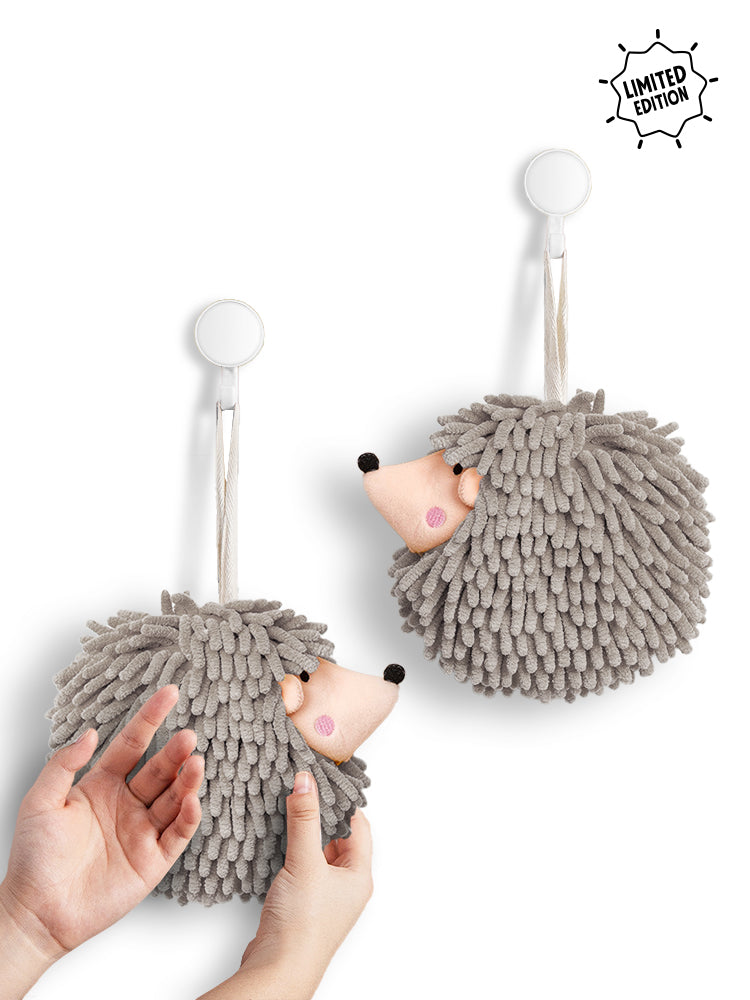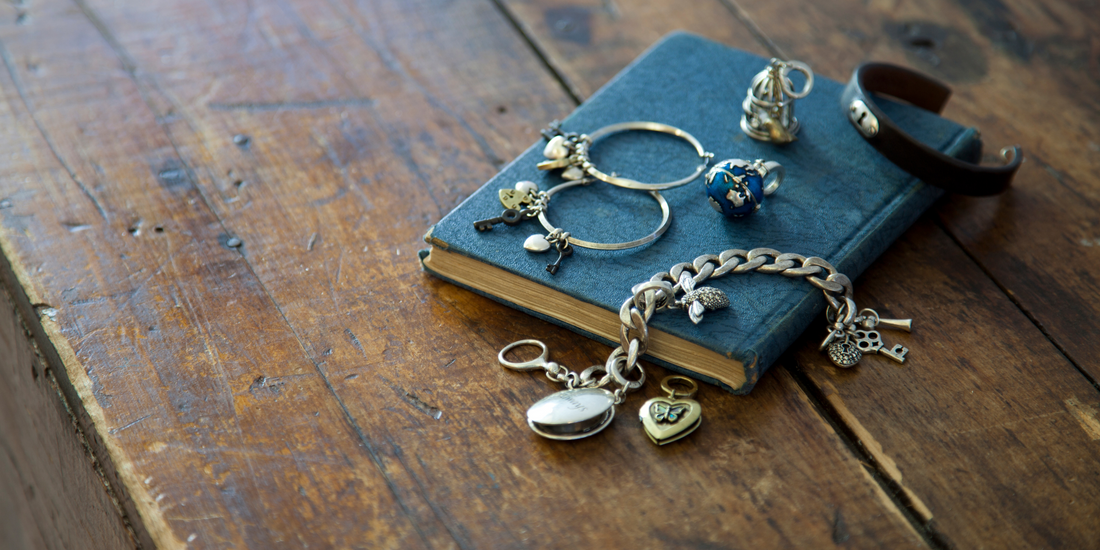
Spring cleaning season has arrived, and it has all of us eyeing our overstuffed closets and messy junk drawers. But if you’re planning on decluttering this season, you might come across a few sentimental items that you don’t have the space for, but aren’t quite ready to let go of yet. Maybe it’s a gift from an old friend that you don’t use very often, or mementos you’ve inherited from a loved one. We reached out to home organization experts to get their advice on what to do with sentimental items after decluttering (and how to decide if something is worth holding onto).
How to Choose Which Items to Declutter
Choosing what to part with during a cleaning session seems easy; kitchen tools you haven’t used in years can be tossed or donated, and so can clothes past their prime. But when it comes to sentimental items, it’s much easier to fall into the habit of holding onto them. This can be especially hard if you have heirlooms from a loved one, treasured items from childhood, or ones that remind you of a specific time in your life. But if you’re short on space, there are still ways to part with some sentimental items.
“Try keeping only the best of the best,” recommends Jamie Hord, founder of Horderly Professional Organizing. “If there is more than one thing you want to keep, contain and limit yourself to one box of items per person.”
If you’re decluttering as a family, giving everyone a box for sentimental items is a great way to limit what you’re keeping while also making it easier to store in your home. Mindy Godding, founder of Abundance Organizing and president of the National Association of Productivity and Organizing Professionals has similar advice when it comes to choosing what to keep.
“I am a big fan of the practice of ‘shrining,’ where we select one or two special items out of a larger category of stuff to represent that time, person, career, or life event,” says Godding. “It can be helpful to start by selecting a home for this shrine—maybe a shelf or small curio cabinet. That way, the available space will dictate how much can be kept, instead of the other way around. Then, choose your favorite items that will evoke memories.”
And rather than focusing on what you need to part with, reframe your thinking. “Most people will try to start a project by determining what needs to go; we recommend starting with the positive of ‘What absolutely has to stay?’” says Godding. “Once you’ve prioritized and protected your favorites, it becomes a lot easier to take photos and let the rest go.”
How to Store Items You’re Choosing to Keep
If you have extra space in your home, such as empty storage bins or space under your bed, you have options for removing the keepsakes from high-traffic areas. But if you’re decluttering because you’re already short on space, it can be trickier to decide where your must-haves go.
In some cases, you might be able to turn a mostly decorative item into something you can use in your everyday life. “Social media and platforms like Etsy can be a great resource for finding a maker who could re-invent or “upcycle” an item into something new,” says Godding. “Good organizers also collect these ideas and can offer suggestions about repurposing items.”
Nothing is off-limits for talented upcyclers, even large items like furniture. “Some of my favorite projects from past clients include customizing Tervis Tumblers with vintage scouting badges, turning mom’s mink coat into luxe teddy bears for all the grandkids, cutting a family dining table into smaller occasional tables, and giving grandfather’s military dress blues a new life as custom handbags. Not only do these up-cycled heirlooms become useful again, they are instant conversation pieces,” says Godding.
But if it’s time to let something go, you can always use photos to memorialize the item without taking up space. “If the item is large, consider if taking a photo of it will hold its memory enough,” says Hord. “If it's something you physically want to keep, these items can usually be stored somewhere not in prime real estate.”
How to Let Go of Items You’re Choosing to Declutter
It’s common to have complicated feelings or even a sense of guilt when decluttering. So, it’s important to remember that your home is your own, and you aren’t obligated to keep anything that isn’t useful or bringing you joy.
“You pay for the space you are living in, so you don't want anything not worth it to take up that space,” says Hord. “Let's normalize not keeping gifts you don't want or need!”
If you feel guilty about decluttering, it can help to find the source of those emotions. “Feelings of guilt usually come from a sense of responsibility—where we hold on to items out of feelings of obligation to save an item on behalf of someone else, regardless of that item's usefulness or meaning to us,” says Godding.
Decluttering doesn’t have to be scary, and it doesn’t have to be a major undertaking! Start small with one section of your house, or set a timer for 15 minutes, then take a break from cleaning. And when you encounter sentimental items, remember it’s fine to hang onto things with special meaning, or look for new ways to use them in your daily life.
Source: Beck, A. (2025b, May 5). Here's What to Do with Sentimental Items Post-Declutter, According to Home Organization Experts. Better Homes & Gardens. https://www.bhg.com/sentimental-items-post-declutter-11716949


